Lava Zone Map: Navigating Hawaii’s Volcanic Regions Safely
Hawaii, with its stunning volcanic landscapes, is a dream destination for many. But venturing into these awe-inspiring regions requires caution, as the unpredictable nature of volcanoes can pose significant risks. Enter the Lava Zone Map, an invaluable tool that empowers visitors to safely navigate the island’s volcanic wonders.
When exploring Hawaii’s volcanic areas, the uncertainty surrounding volcanic activity can often be overwhelming. The Lava Zone Map alleviates this anxiety by providing a comprehensive guide to the island’s volcanic zones, enabling visitors to make informed decisions about their safety and travel plans.
The Lava Zone Map categorizes volcanic regions based on their activity and risk levels, allowing visitors to choose destinations that align with their comfort level. This tailored approach ensures that individuals can experience the beauty of Hawaii’s volcanic wonders without compromising their safety.

Inactive Lava Zone Map – Map Of The Usa With State Names – Source mapofusawithstatenames.netlify.app
Lava Zone Map: A Comprehensive Guide to Volcanic Exploration
Developed by the Hawaii Volcanoes National Park Service, the Lava Zone Map demarcates three distinct volcanic zones: Zone 1, Zone 2, and Zone 3. Zone 1 encompasses the most active volcanic areas, characterized by frequent eruptions and ongoing volcanic processes. Zone 2 represents areas with less frequent volcanic activity but still pose potential hazards. Zone 3 comprises dormant or inactive volcanic regions considered relatively safe for exploration.
By utilizing the Lava Zone Map, visitors can identify the specific zones they plan to explore and prepare accordingly. In Zone 1, it’s crucial to exercise extreme caution, follow park regulations, and avoid venturing too close to active lava flows. Zone 2 requires a heightened sense of awareness and vigilance, while Zone 3 offers a more relaxed and risk-free experience.
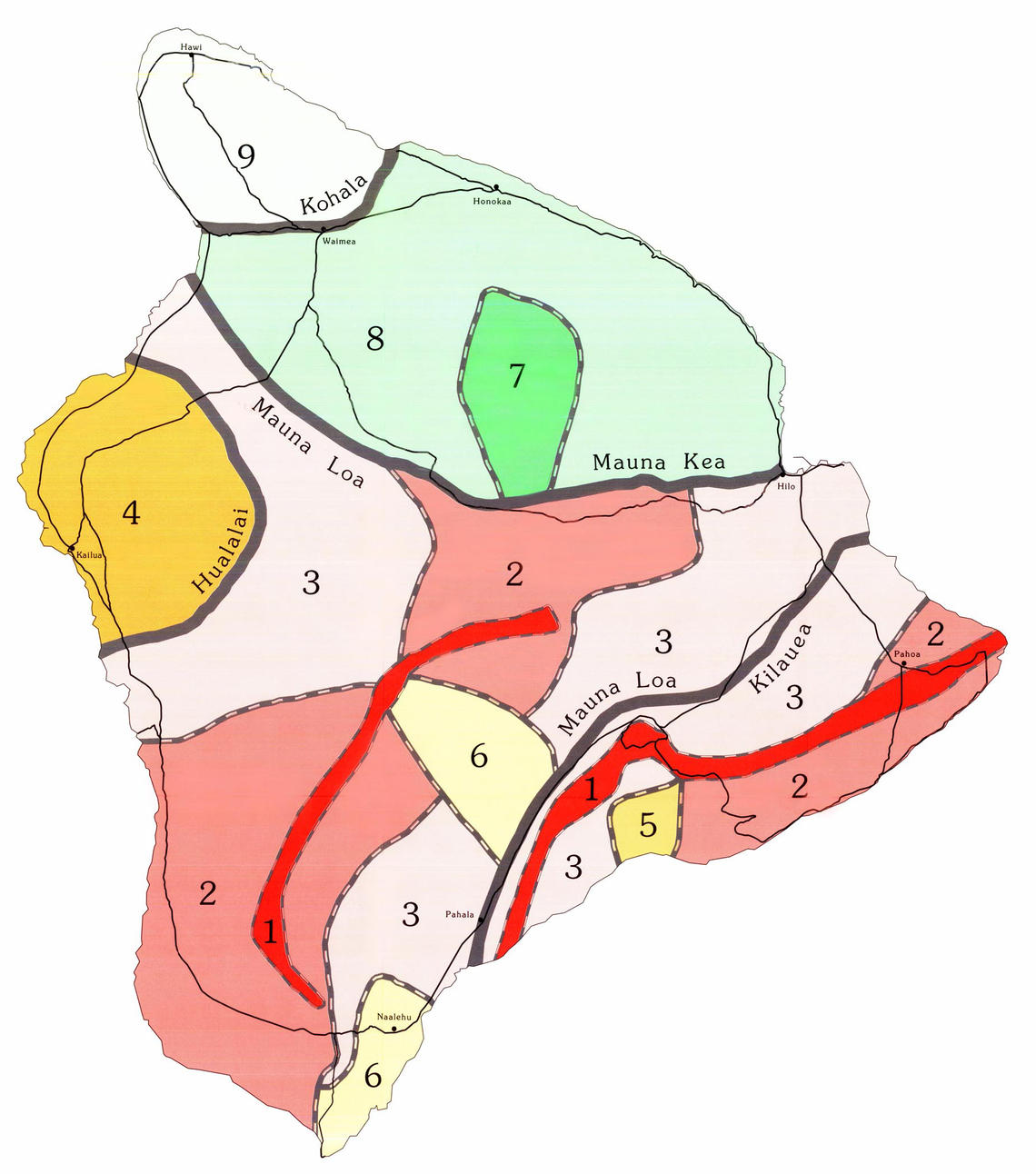
Lava Zones on the Big Island of Hawaii – First Island Realty – Source www.firstislandrealty.com
History and Myth of Hawaii’s Volcanic Landscapes
Hawaii’s volcanic origins have shaped the island’s unique geography and cultural heritage. According to Hawaiian mythology, the goddess Pele, the deity of volcanoes, created the islands through her fiery eruptions. These eruptions, while awe-inspiring, also serve as a reminder of the volatile and transformative power of volcanic forces.
Understanding the historical and mythical significance of Hawaii’s volcanoes adds depth to one’s exploration. Visitors can immerse themselves in the island’s rich cultural tapestry by visiting sacred sites, learning about Pele’s legend, and respecting the spiritual significance of these natural wonders.

Subnautica Inactive Lava Zone Map Maps Catalog Online | Images and – Source www.aiophotoz.com
Unveiling the Hidden Secrets of Volcanic Phenomena
Beyond the safety concerns, the Lava Zone Map also unlocks the opportunity to discover the hidden secrets of Hawaii’s volcanic wonders. Exploring Zone 2 and Zone 3 reveals a diverse array of geological formations, including lava tubes, cinder cones, and geothermal features.
Lava tubes, formed by flowing lava, offer a unique subterranean experience, allowing visitors to witness the intricate workings of volcanic processes firsthand. Cinder cones, with their steep sides and distinctive craters, provide insights into the explosive nature of volcanic eruptions. Geothermal features, such as bubbling mud pots and steaming vents, showcase the ongoing volcanic activity beneath the surface.
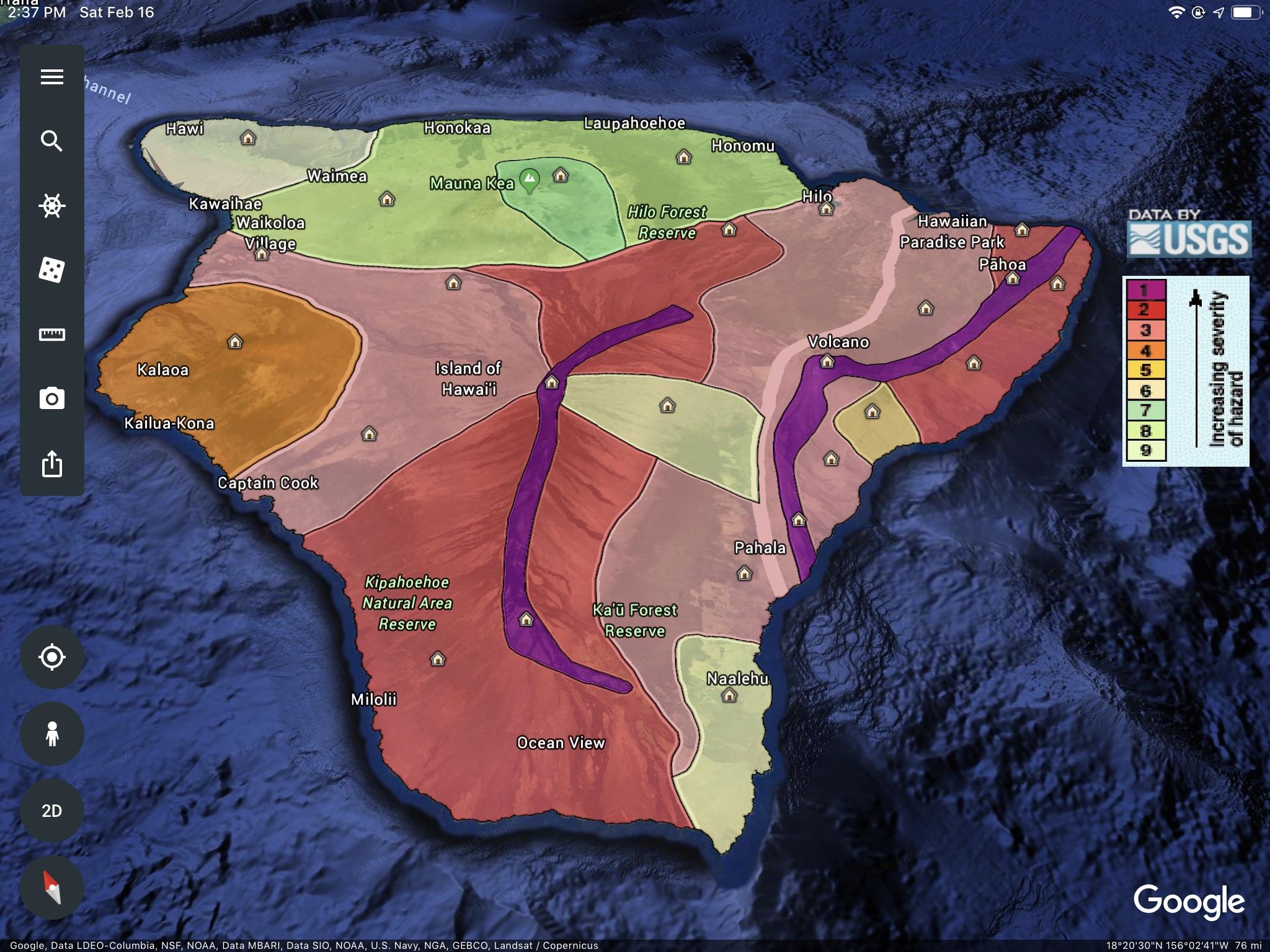
Hawaii Island Lava Zone Map – Source mavink.com
Recommendations for Safe and Rewarding Volcanic Exploration
To maximize the safety and enjoyment of exploring Hawaii’s volcanic regions, consider the following recommendations:
- Always consult the Lava Zone Map before venturing into volcanic areas.
- Adhere to park regulations and heed warning signs.
- Stay on designated trails and avoid venturing too close to active lava flows.
- Be aware of potential hazards, such as falling rocks, steam explosions, and poisonous gases.
- Carry plenty of water and wear appropriate footwear for uneven terrain.
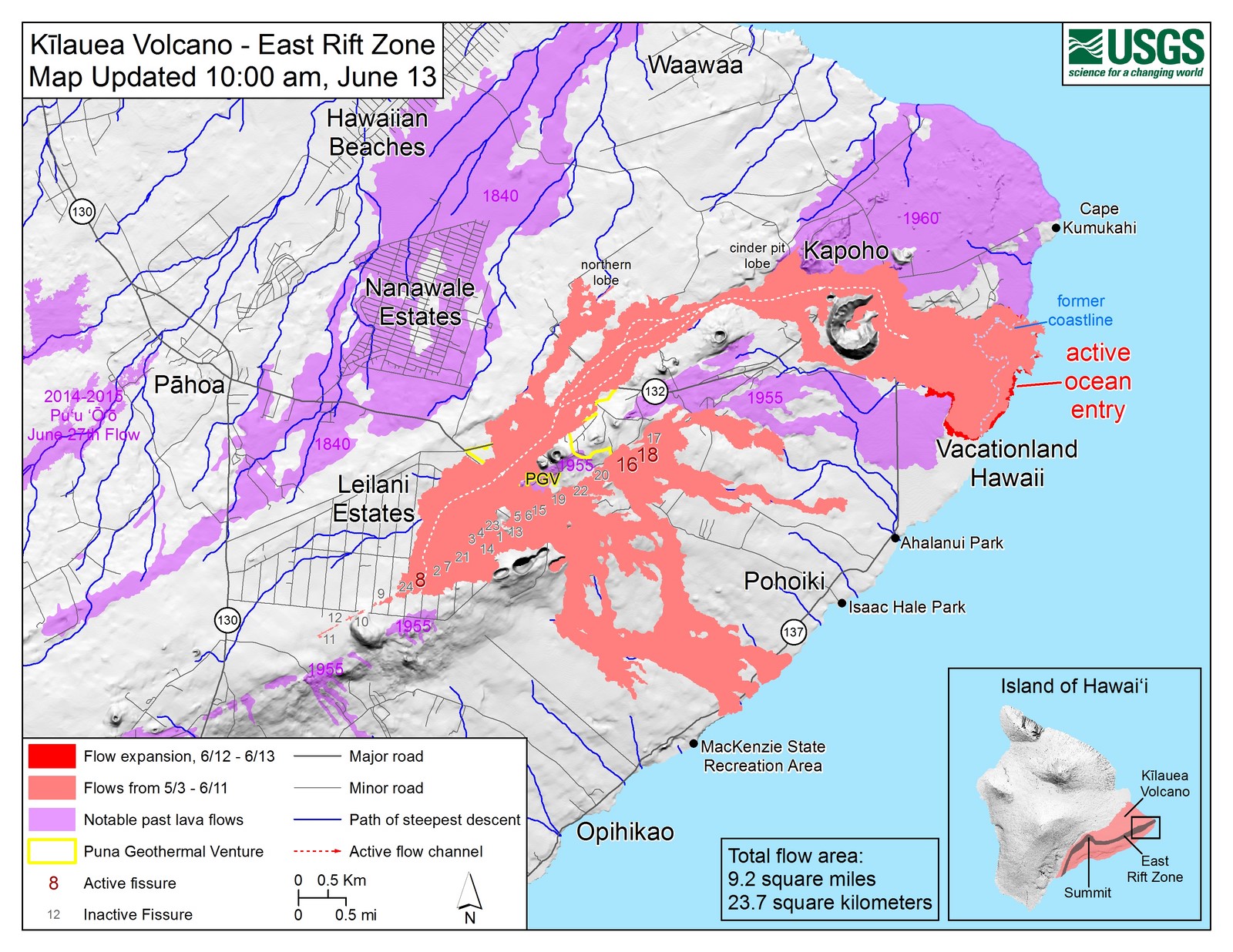
Mexico Volcano Eruption 2024 Map – Maura Nannie – Source raslaqnikkie.pages.dev
Navigating Volcanic Zones with Confidence
The Lava Zone Map empowers visitors to navigate Hawaii’s volcanic regions with confidence and make informed decisions about their safety and exploration. By understanding the volcanic zones and following safety recommendations, individuals can immerse themselves in the island’s fiery wonders while safeguarding their well-being.
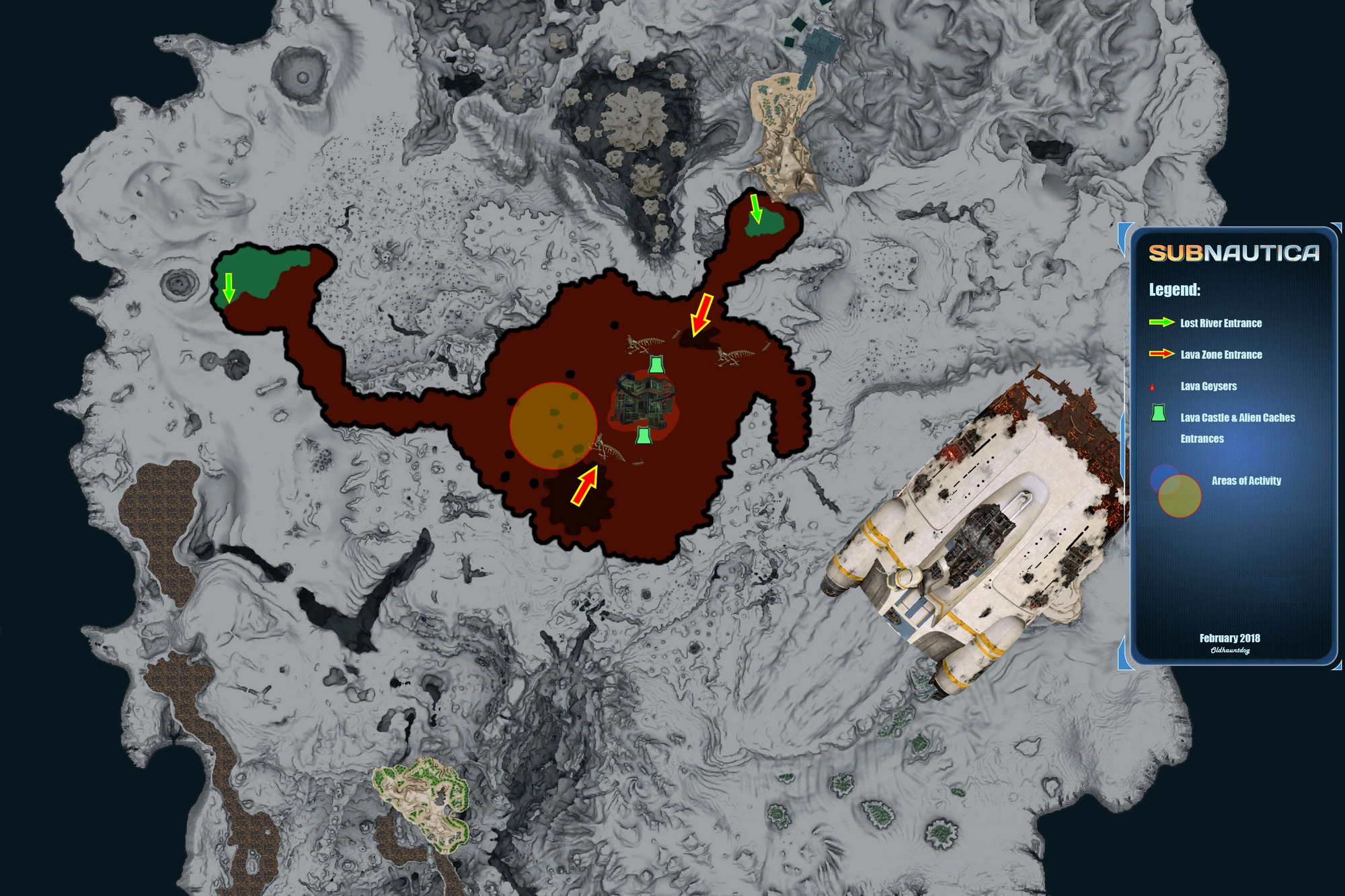
Image – MAP Inactive Lava Zone.jpg | Subnautica Wiki | FANDOM powered – Source subnautica.wikia.com
Fun Facts About Hawaii’s Volcanic Landscapes
Hawaii’s volcanic regions are a treasure trove of fascinating facts:
- The Big Island of Hawaii is the youngest island in the Hawaiian chain and is still growing due to ongoing volcanic activity.
- Kilauea, one of the world’s most active volcanoes, has been erupting continuously since 1983.
- Lava flows can reach temperatures of up to 2,000 degrees Fahrenheit (1,093 degrees Celsius).
- The Hawaiian Islands are home to the world’s largest shield volcano, Mauna Loa, which rises over 13,000 feet (3,962 meters) above sea level.
- Volcanic ash from Hawaii has been found as far away as Antarctica.
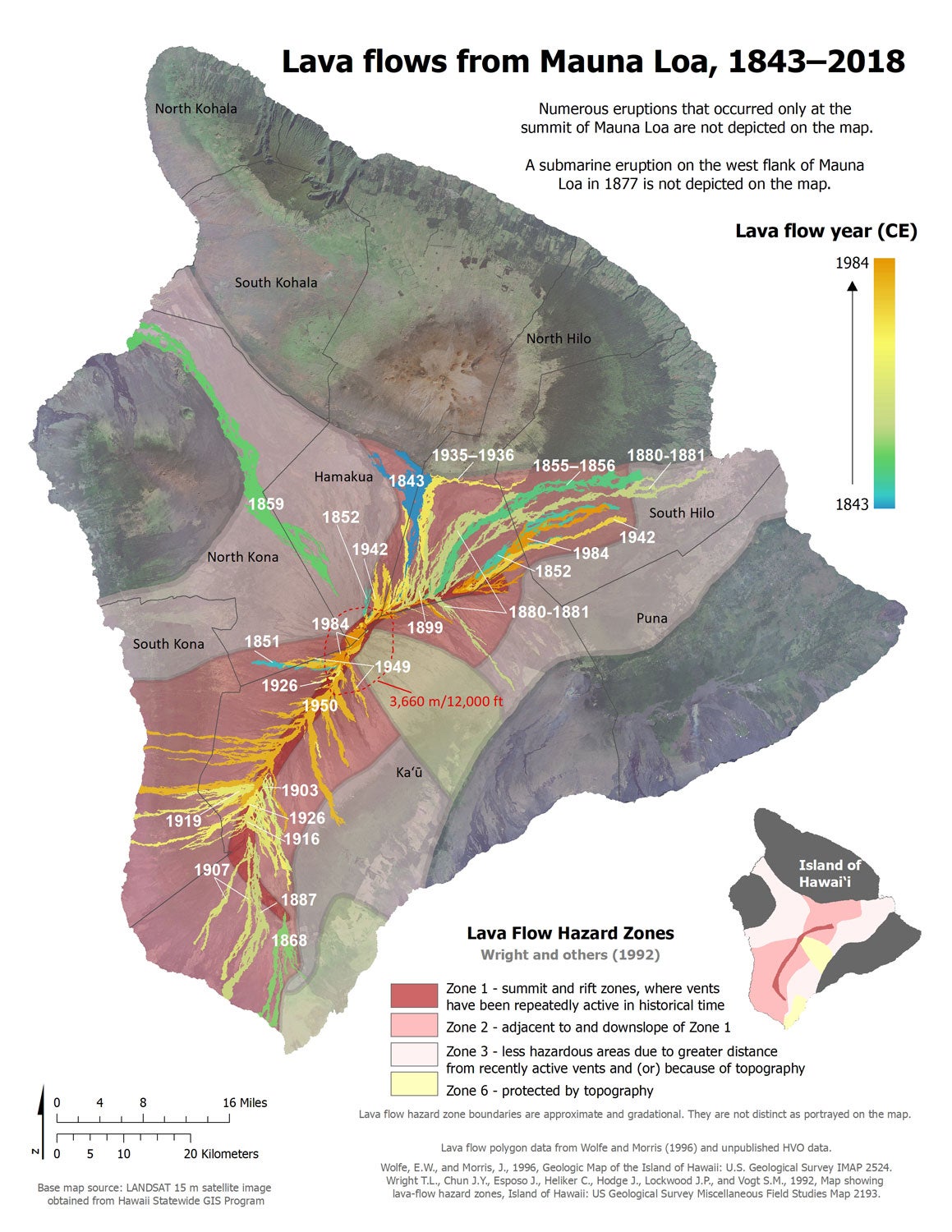
Why Mauna Loa and Other Hawaiian Volcanoes Are Different from Most – Source www.scientificamerican.com
How to Plan Your Volcanic Adventure
Planning a volcanic adventure in Hawaii requires careful consideration:
- Check the Lava Zone Map and park regulations before finalizing your itinerary.
- Book tours with reputable companies that prioritize safety and provide knowledgeable guides.
- Pack appropriate clothing and gear for varying weather conditions and uneven terrain.
- Be prepared for limited services and amenities in volcanic areas.
- Inform someone of your itinerary and expected return time for added safety.
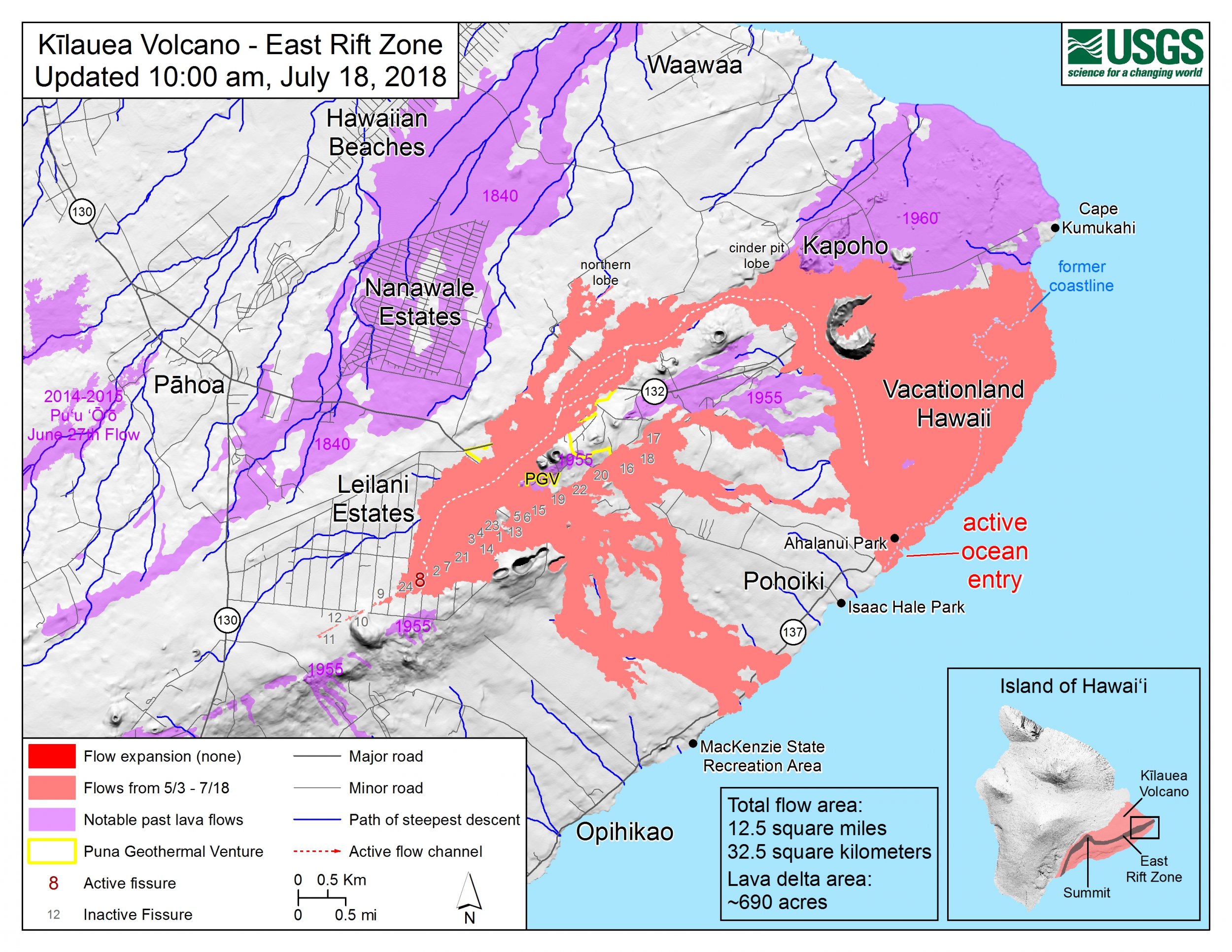
Map Hawaii Island – Share Map – Source sewcanny.blogspot.com
What if You Encounter Volcanic Activity?
In the unlikely event of encountering volcanic activity, follow these guidelines:
- Remain calm and follow the instructions of park rangers or tour guides.
- Move away from the source of the activity in a safe and orderly manner.
- Protect your eyes and airways by covering your face with a cloth or mask.
- Avoid driving through volcanic ash, as it can damage vehicles.
- Stay informed about the latest volcanic activity and follow official updates.

Waikoloa lava flows viewed from the International Space Station – Source hawaii247.com
Listicle: Top Tips for Volcanic Exploration
Enhance your volcanic exploration with these top tips:
- Bring a camera to capture the stunning volcanic landscapes.
- Use binoculars to observe volcanic activity from a safe distance.
- Be respectful of the environment and leave no trace.
- Share your experiences with others to raise awareness about volcanic safety.
- Consider supporting organizations dedicated to volcanic research and conservation.
Question and Answer
-
What is the purpose of the Lava Zone Map?
To guide visitors in safely navigating Hawaii’s volcanic regions by categorizing volcanic zones based on their activity and risk levels.
-
What are the three volcanic zones designated by the Lava Zone Map?
Zone 1: Most active, Zone 2: Less active, Zone 3: Dormant or inactive.
-
What safety precautions should be taken when exploring volcanic areas?
Stay on designated trails, avoid lava flows, be aware of potential hazards, and follow park regulations.
-
How can I plan a safe and rewarding volcanic adventure?
Consult the Lava Zone Map, book tours with reputable companies, pack appropriate clothing and gear, be prepared for limited services, and inform someone of your itinerary.
Conclusion of Lava Zone Map: Navigating Hawaii’s Volcanic Regions Safely
The Lava Zone Map is an indispensable tool for exploring Hawaii’s volcanic wonders safely and responsibly. By empowering visitors with knowledge and guidance, the map enables them to make informed decisions about their safety and itinerary, ensuring a memorable and enriching volcanic adventure.